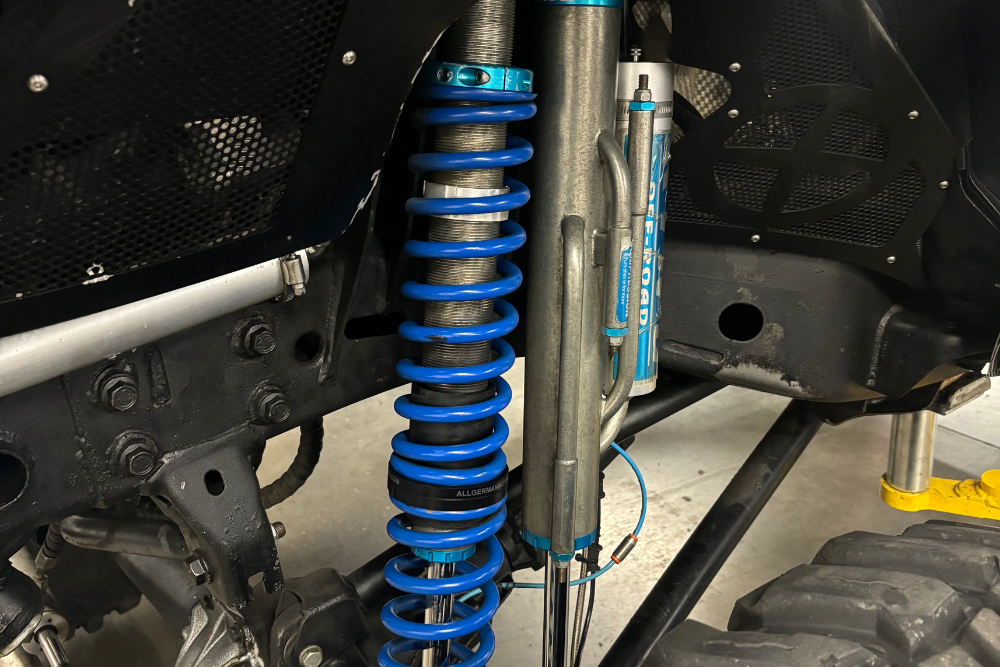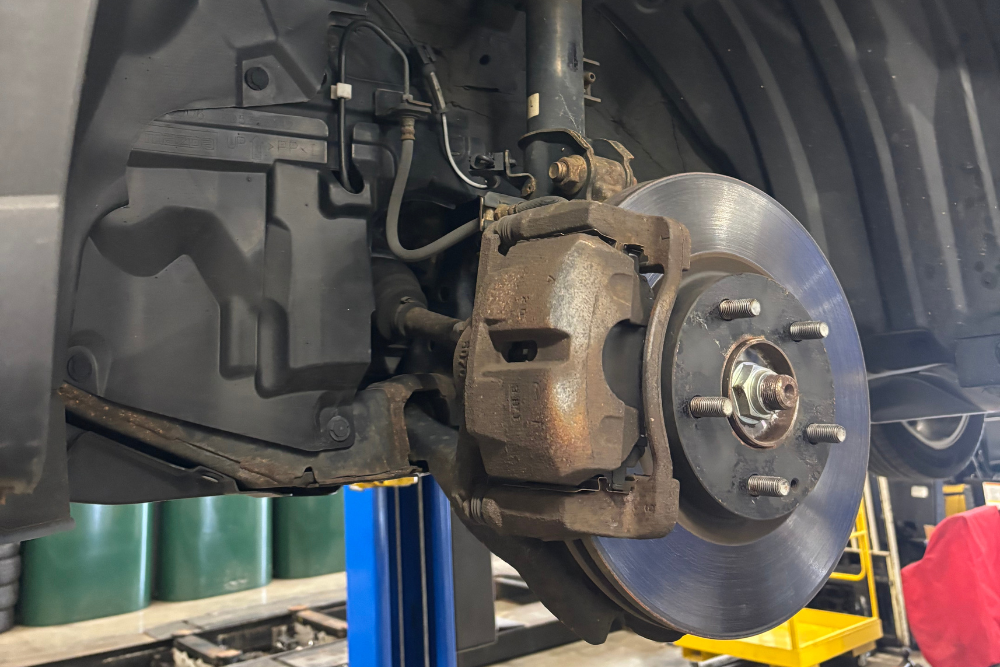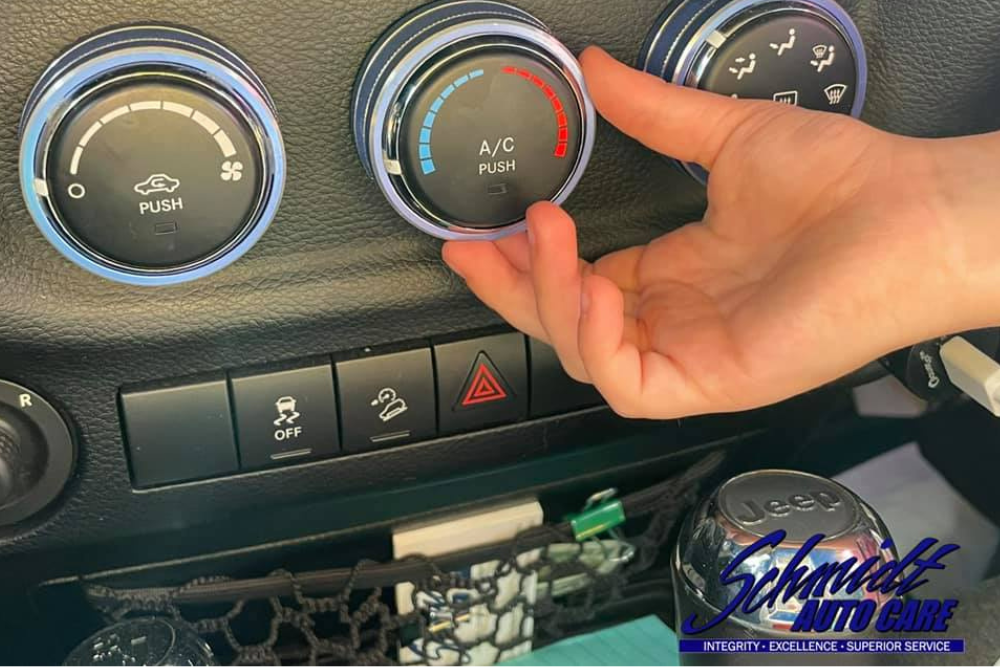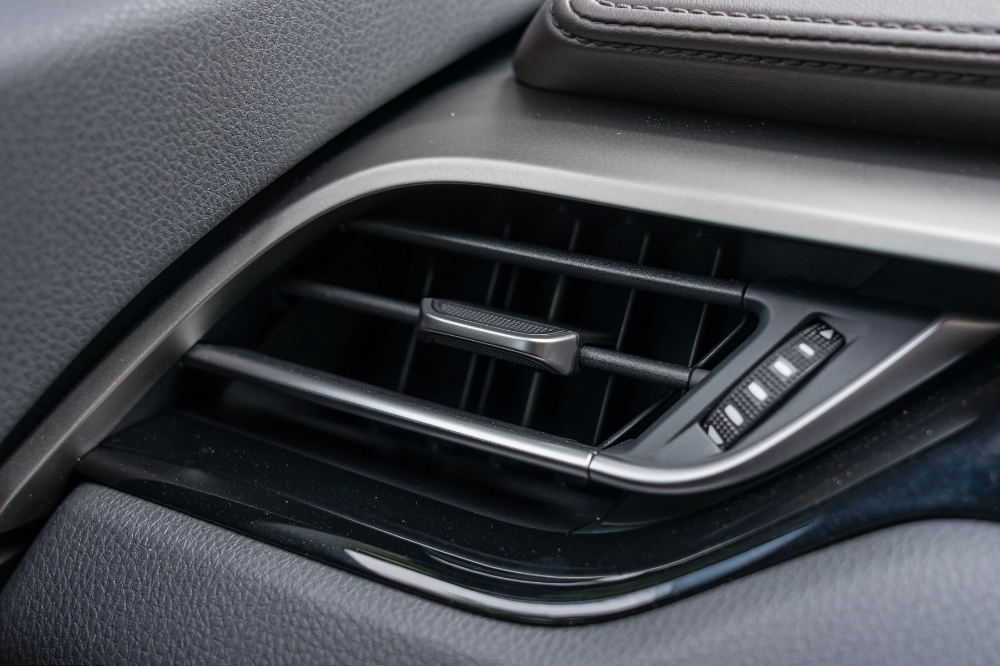Blog
Featured Blog
When to Replace Shocks and Struts in Ohio: A Local Driver’s Guide
When should Ohio drivers replace shocks and struts? Learn signs, mileage, and repair tips from Schmidt Auto Care in Springboro,…
Car A/C Recharge in Springboro, OH: Signs You Need It
June 25, 2025
Expert Insight: When to Service Your Car’s A/C?
April 3, 2025







